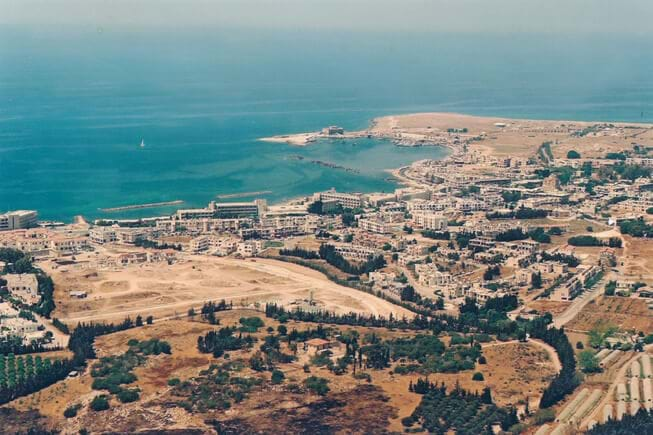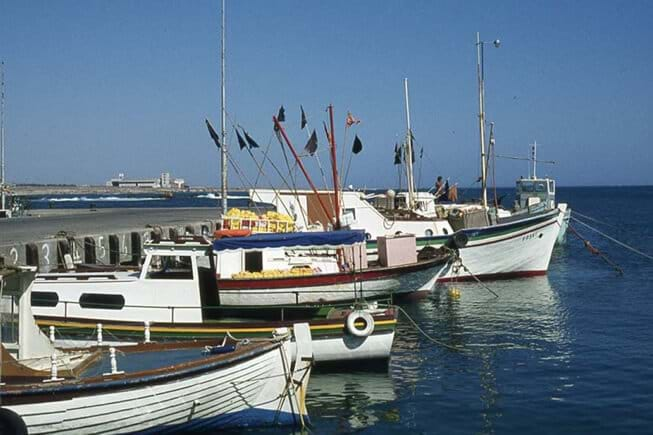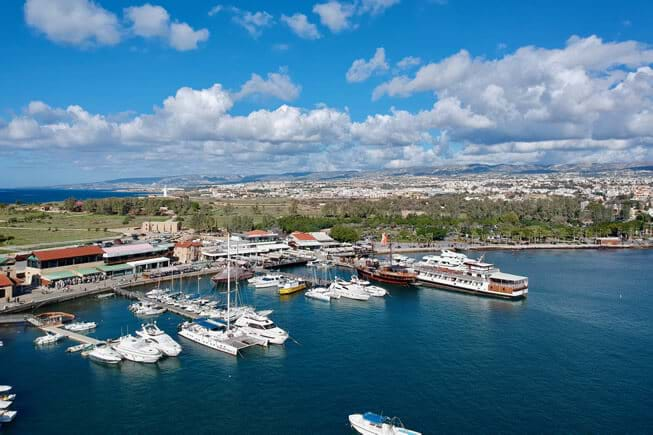


Talk to anyone who lived in Pafos in the 1970s, and you will learn that the harbour has changed considerably since then. The harbour’s first hotel opened in 1972-73, initiating the area’s development as a tourist destination (it continues to operate as Almyra, Annabelle’s sister hotel located next door). Back then, the main commercial activity in the harbour was fishing, though you might have seen artists working in the stone warehouses left after the decline of the carob trade. This image of Pafos as a sleepy fishing village belies the rich history of its harbour. Ancient Pafos (or Palaepaphos) sat some 15 kilometres to the south-east; there, the sanctuary of Aphrodite drew pilgrims from throughout the Mediterranean world for millennia. Possibly due to a build-up of sediment in the harbour of ancient Pafos, its king founded Nea Pafos in the fourth century BCE in our current location; pilgrims alit in Nea Pafos and made a procession to the temple. The new settlement became the capital of Cyprus during the Roman era, was visited by the Apostles, suffered a catastrophic earthquake in the fourth century CE, and endured invasions throughout the Middle Ages. Evidence of this past abounds, with remnants of Roman villas, an ancient odeon, and an early Christian basilica revealed in the archaeological park. Visit the harbour’s medieval castle and consider the successive waves of peoples (Franks, Venetians, Ottomans, Britons) who conquered it. Contemporary travellers come for the sun and the sea—and to unravel the complex history of the region.